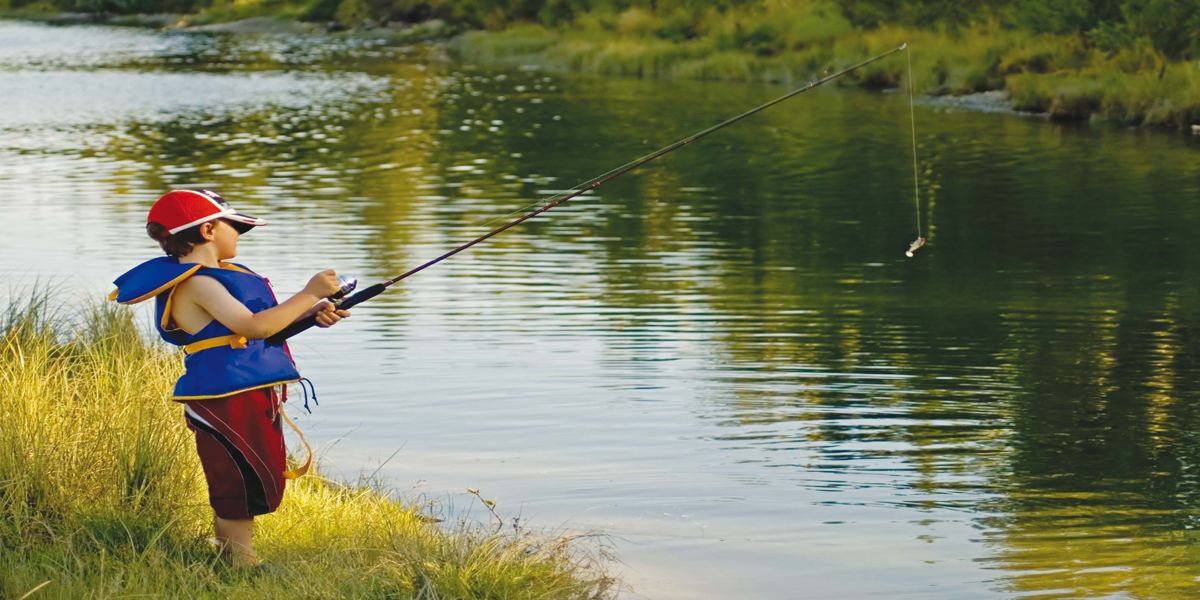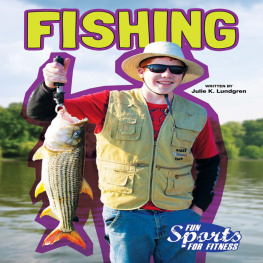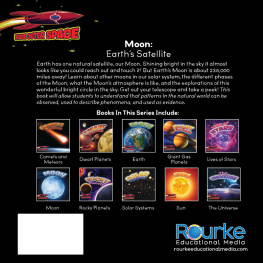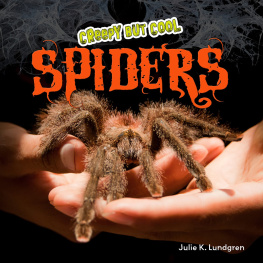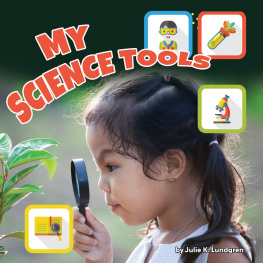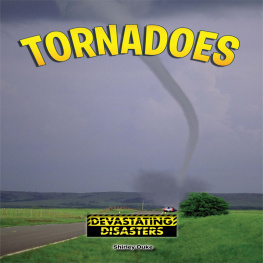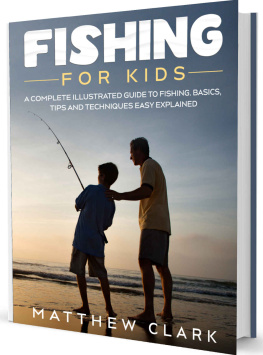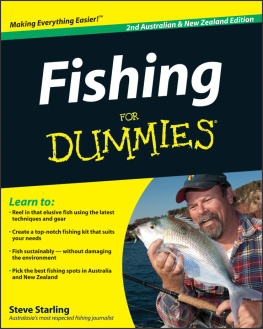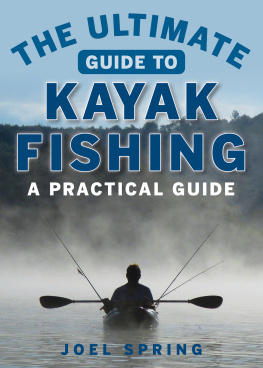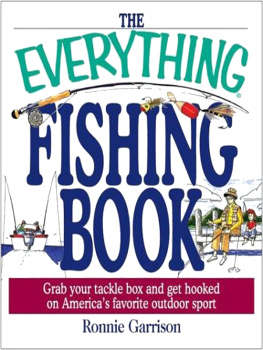Table of Contents
Guide
Content Area Vocabulary:
Read the list. What do these words mean?
anglers
bait
bobbers
casts
fishing line
fly-fishing
hooks
lures
reels
rods
Building Background Knowledge
Before reading a book, it is important to tap into what your child or students already know about the topic. This will help them develop their vocabulary, increase their reading comprehension, and make connections across the curriculum.
| Look at the cover of the book. What will this book be about? |
| What do you already know about the topic? |
| Lets study the Table of Contents.What will you learn about in the books chapters? |
| What would you like to learn about this topic? Do you think you might learn about it from this book? Why or why not? |
| Use a reading journal to write about your knowledge of this topic. Record what you already know about the topic and what you hope to learn about the topic. |
| Read the book. |
| In your reading journal, record what you learned about the topic and your response to the book. |
| Complete the activities at the end of the book. |

FISHING
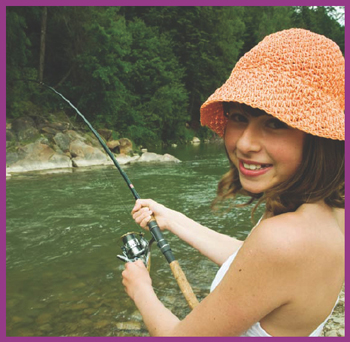
Written by
Julie K. Lundgren

rourkeeducationalmedia.com | 
Scan for Related Titles
and Teacher Resources |
2014 Rourke Educational Media
All rights reserved. No part of this book may be reproduced or utilized in any form or by any means, electronic or mechanical including photocopying, recording, or by any information storage and retrieval system without permission in writing from the publisher.
www.rourkeeducationalmedia.com
PHOTO CREDITS: Photographer London
Editor: Jill Sherman
Cover Designer: Tara Raymo
Interior Designer: Jen Thomas
Library of Congress PCN Data
Fishing / Julie K. Lundgren
Fun Sports for Fitness ISBN 978-1-62169-859-3 (hardcover) ISBN 978-1-62169-754-1 (softcover) ISBN 978-1-62169-961-3 (e-Book) Library of Congress Control Number: 2013936464 | Also Available as: 
|
Rourke Educational Media
Printed in the United States of America,
North Mankato, Minnesota

rourkeeducationalmedia.com
PO Box 643328 Vero Beach, Florida 32964
Fishing Fun
Throughout history, people have caught fish for food. Today, the sport of fishing attracts new fans every year. People who fish, called anglers, enjoy the challenge, fun, and excitement of the fishing tradition as well as tasty meals.
Depending on the body of water and the fish in it, people use different fishing methods.. Although ocean fishing offers a chance to catch huge fish, many people learn to fish on freshwater lakes and rivers.
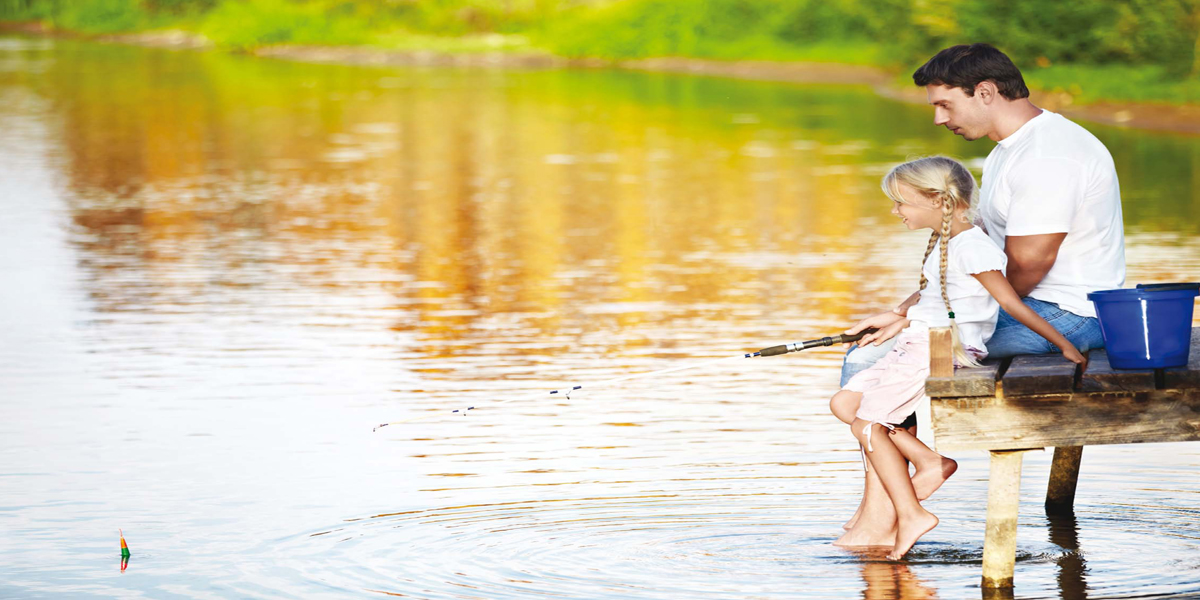
Fishing Equipment
Gear up for a great day! A rod and reel gets the bait out to the fish. The rod guides and the fishing line. Rods come in different lengths. They may be stiff or flexible. The reel attaches to the rod near the rod handle. The reel stores the line and controls it as it goes in and out.
Anglers use different kinds of reels. Beginners often use spin casting reels. Spin casting reels have a handle on the side that cranks in the line.

Spincast rods are typically 5 to 6 feet (1.5 to 1.8 meters) in length with a short pistol grip and small eyes. These rods are usually fairly limber in action and light in weight.
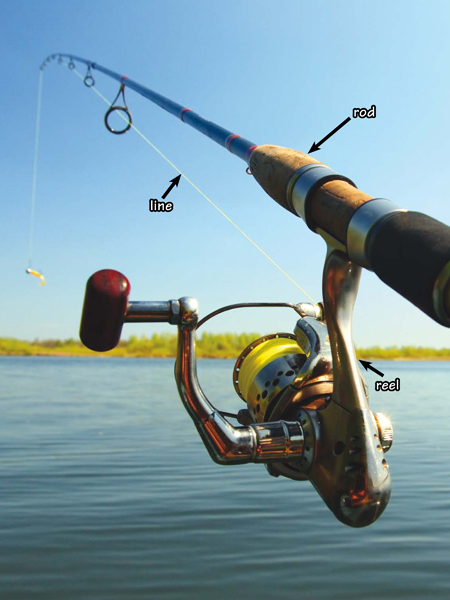
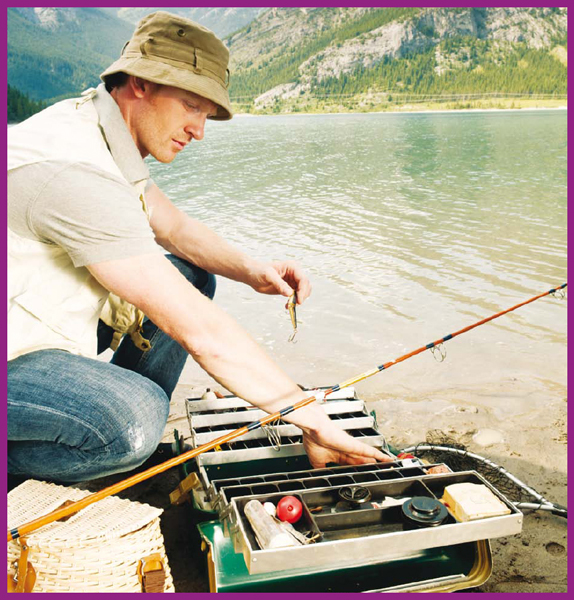
An anglers tackle box holds small tools like needle-nose pliers and scissors, along with . Start small and add to your kit over time, as you learn what gets results. Keep your tackle box neat and organized so you can find what you need quickly.
Recreational fishing is done with a rod, reel, line, hooks and any one of a wide range of baits or lures.
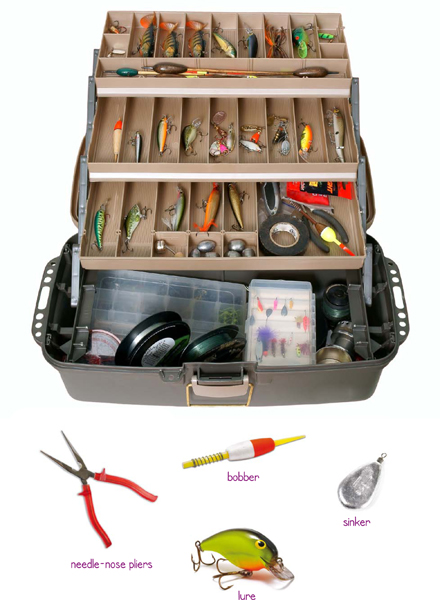
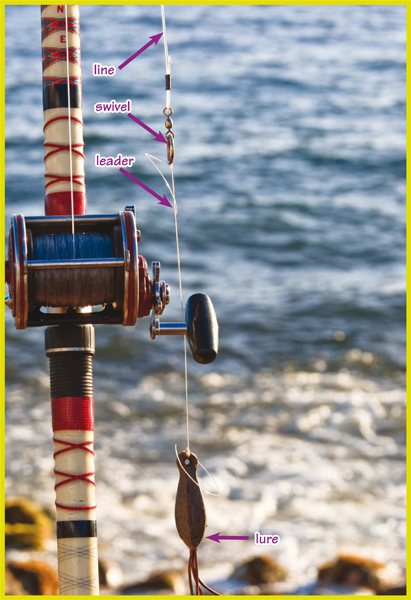
Anglers often attach their hooks and lures to a short piece of line or wire called a leader. The leader clips to a swivel tied to the end of the line. Swivels turn freely so the line does not get twisted. They also allow anglers to easily remove the leader and swap it for a different leader and lure.
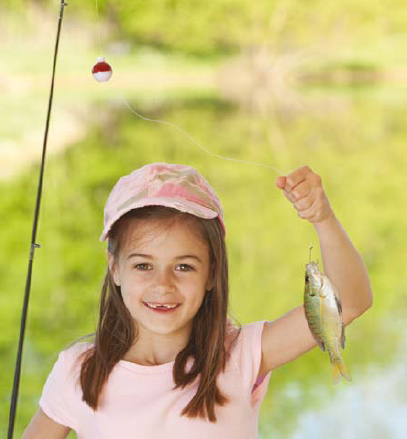
Using specific types of leaders can make it difficult for fish to see the line connected to your bait or lure. This increases your chances of catching a fish.
Safety While Fishing
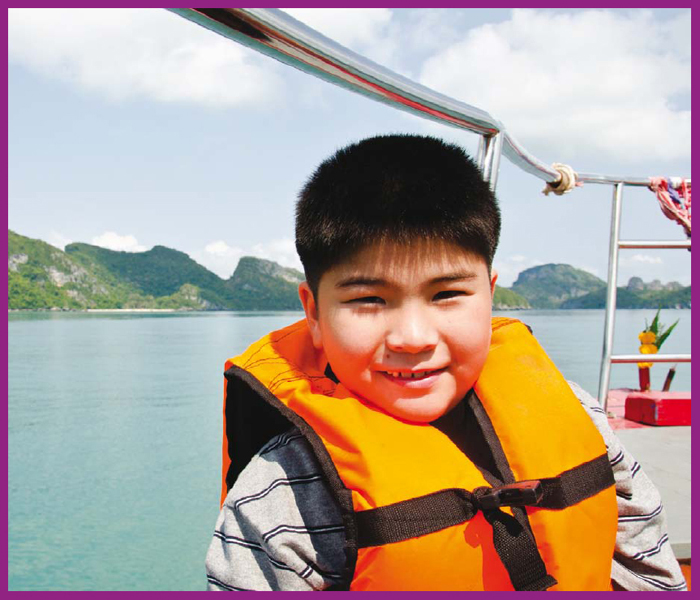
Anglers should always use the buddy system and have a friend or an adult with them in case something goes wrong.
Safety is the most important part of fishing. Learn to swim. Attend a water safety course. Wear sunscreen, sunglasses, and a hat to protect your skin from sunburn. Hats and sunglasses also protect you from stray hooks. Always wear a life vest when you are on a boat.
